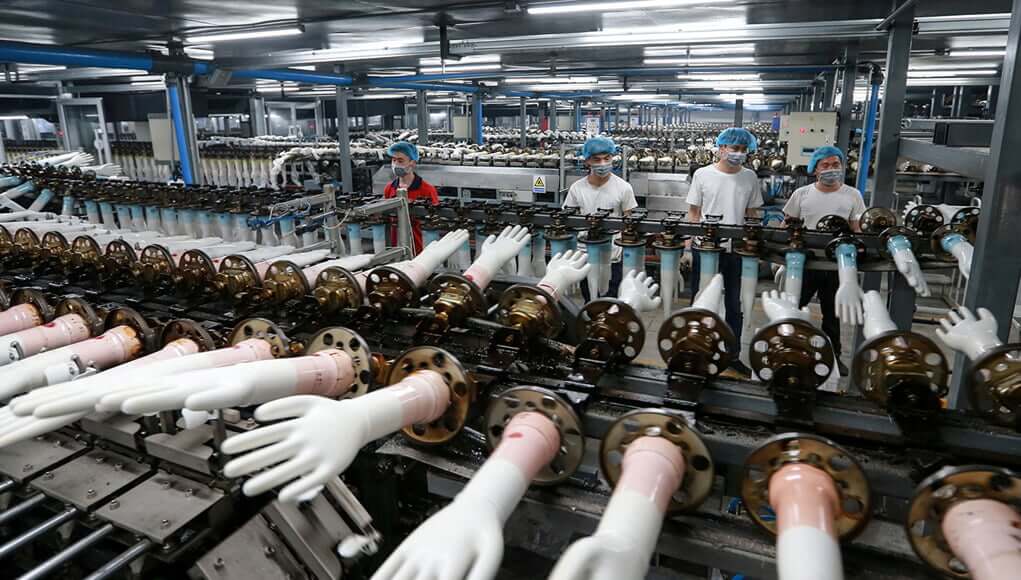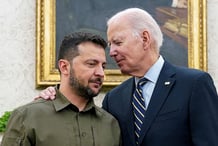Donald Trump’s government is preparing a new initiative in which it will use financial incentives to encourage US companies that have their production facilities in Asia to move them to the United States, Latin America and the Caribbean, an adviser said on Wednesday. from the White House.
The project could generate investments from 30 billion to 50 billion dollars in the countries of the American continent, according to what Mauricio Claver-Carone told Reuters in an interview, and also added that infrastructure, energy and transportation could be the first potential areas of focus.
“We are essentially creating a ‘Return to the Americas’ initiative,” said Claver-Carone. That would include both bringing some outsourced facilities to China back to the United States, as well as installing others in Latin America and the Caribbean in an attempt to trade closer, Claver-Carone said.
He did not elaborate on the scope of possible incentives, but noted the use of a $ 765 million loan to encourage Eastman Kodak Co. (KODK.N) to develop pharmaceuticals in the United States to help combat the pandemic of coronavirus.
United States President Donald Trump has made Buy America’s policies a centerpiece of his administration since he took office in 2017, and those efforts accelerated sharply since the turmoil created by the pandemic.
The United States and China signed a trade agreement in January, but tensions have risen in recent months over Beijing’s handling of the outbreak, a national security law limiting Hong Kong’s autonomy, and other issues.
Claver-Carone said the administration had already been working with Latin American and Caribbean countries to help them attract American investors, but the pandemic helped convince companies in the North American country that it was time to join. He did not name any particular company.
He said the outbreak had clearly demonstrated the benefits of having providers installed closer to the United States than Asia.
The initiative would not focus on having a cheap labor force, but rather would be based on provisions aimed at protecting workers that were included in the trade agreement between the United States, Mexico and Canada that entered into force in July, he added.












